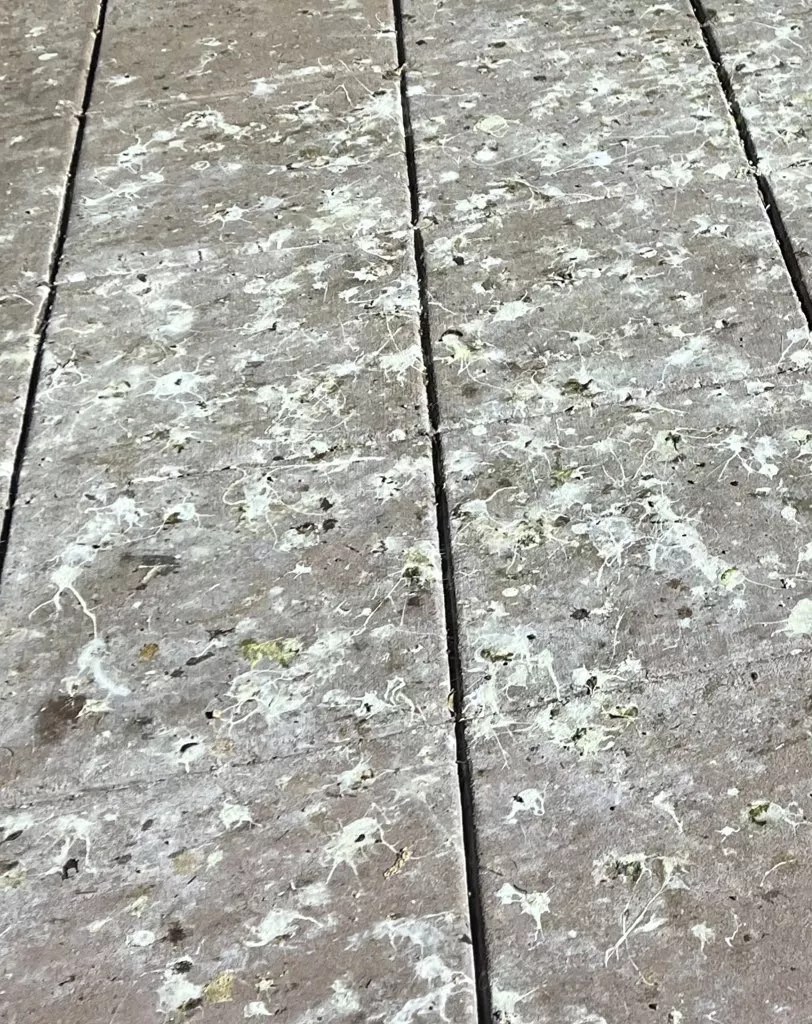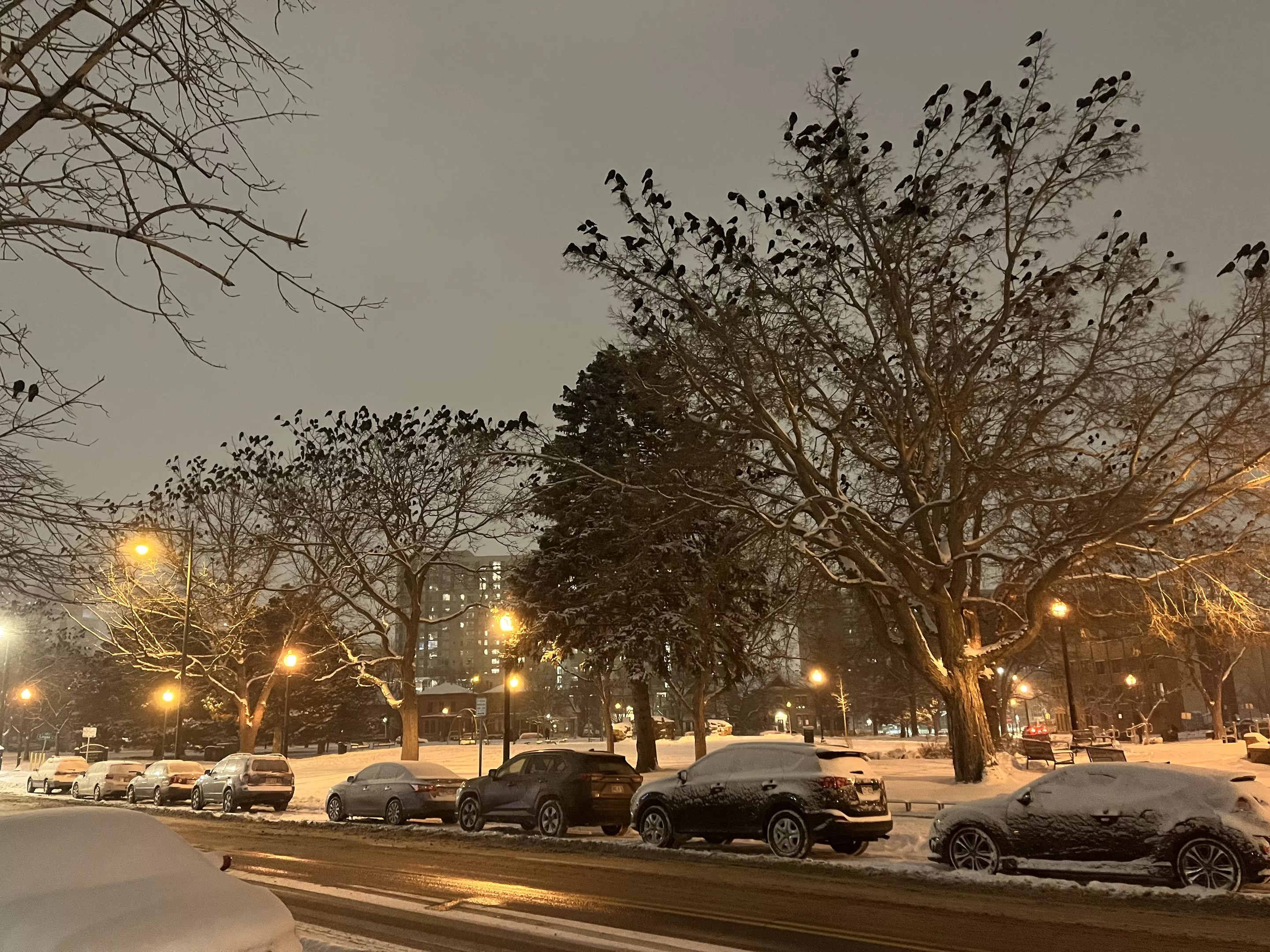
Conor McCormick-Cavanagh

Audio By Carbonatix
Decades ago, residents of North Capitol Hill decided it was time for an image change. The neighborhood, which is bounded by Broadway, Ogden Street and Park Avenue from Colfax to 20th Avenue, had a reputation as a dangerous place where late-night fights at bars were a common occurrence. So neighbors rebranded the place in the mid-1980s, adopting the name “Uptown.” It stuck.
But another name for this section of Denver might be more appropriate these days: Crowtown. Along the 1700 block of Grant Street and just a few blocks to the north in Benedict Fountain Park, crows run the neighborhood.
It’s difficult to tell if these crows are composed of two separate murders – the collective noun for groups of the birds – or if there is just one murder that alternates between the trees at these two locations. Whatever the case, tens of thousands of crows now call Uptown home.
While the birds are recent transplants to the neighborhood, they’ve already made a big impact – defecating all over cars, sidewalks, park benches and streets.

The crows often make Jackson Pollock designs on the ground.
Conor McCormick-Cavanagh
Dave Burdick, a bird guy and the digital managing editor at Colorado Public Radio, which has an office at 303 East 17th Avenue, has become quite familiar with crow crap.
“I have hurriedly parked my bike under those trees a few times and used up all my parking luck, possibly forever. One night – election night – two staffers learned that the worst of the damage happens in the dark, which resulted in two car washes each. And about twenty feet outside the window behind my desk, there has been a dead crow hanging from a tree limb for months, through all kinds of storms,” Burdick says. “I think the main thing I hear from people is basically awe at the sheer numbers – except for the people whose cars got free crow paint jobs. They have moved past awe.”
Like any good story involving crows, why these birds now hang in remains something of a mystery.
“I’m not an expert on crows,” admits Vicki Vargas-Madrid, the wildlife program administrator at Denver Parks & Recreation, who says that she’s received many emails and calls recently from people complaining about crows in Denver. “Without being able to ask a crow, my guess for why they are here and hang out in large concentrations is this: It’s quite common for crows to gather in large numbers in one area during this time of year, when the temperatures are frigid cold like it’s been. Crows do this to insulate the warmth of one another to keep warm. It also protects them from predators.”

The crows stay warm in cold weather by congregating together.
Conor McCormick-Cavanagh
While in years pasts Denver Parks & Rec culled geese in city parks to keep that avian population in check, the department won’t be doing anything like that with the crows, a few of whom have fallen prey to the recent spate of highly contagious avian flu.
“Denver Parks takes a ‘hands-off’ approach to wildlife issues and allows nature to take its course. As the weather warms up, the crows will begin to disperse. It’s also important that people not put food out (such as birdseed) for them, which causes them to congregate longer,” Vargas-Madrid says.
Like Vargas-Madrid, Kenyon Moon, a Denver-based urban bird expert, acknowledges that it’s tough to pin down exactly why the crows have chosen these two locations in Uptown as their winter home. He speculates that the birds are roosting in the trees for protection from predators and the elements.
“I don’t know if the acoustic properties of the location play into it, but it may. They love to talk when they are all together, and the ability to talk at a greater distance to a larger group may play into it,” says Moon. “Of course, noise dampening may be the thing they look for, too, but what level of echo versus dampening versus transmission would be involved, I don’t know.
“A more definitive answer would involve identifying multiple sites that are used in consecutive winters and analyzing them as landscapes to identify commonalities, and then test whether those commonalities can predict the site choice of congregations in the future or in other areas of the state or country,” Moon says.
Until then, Uptown residents should probably just carry umbrellas.